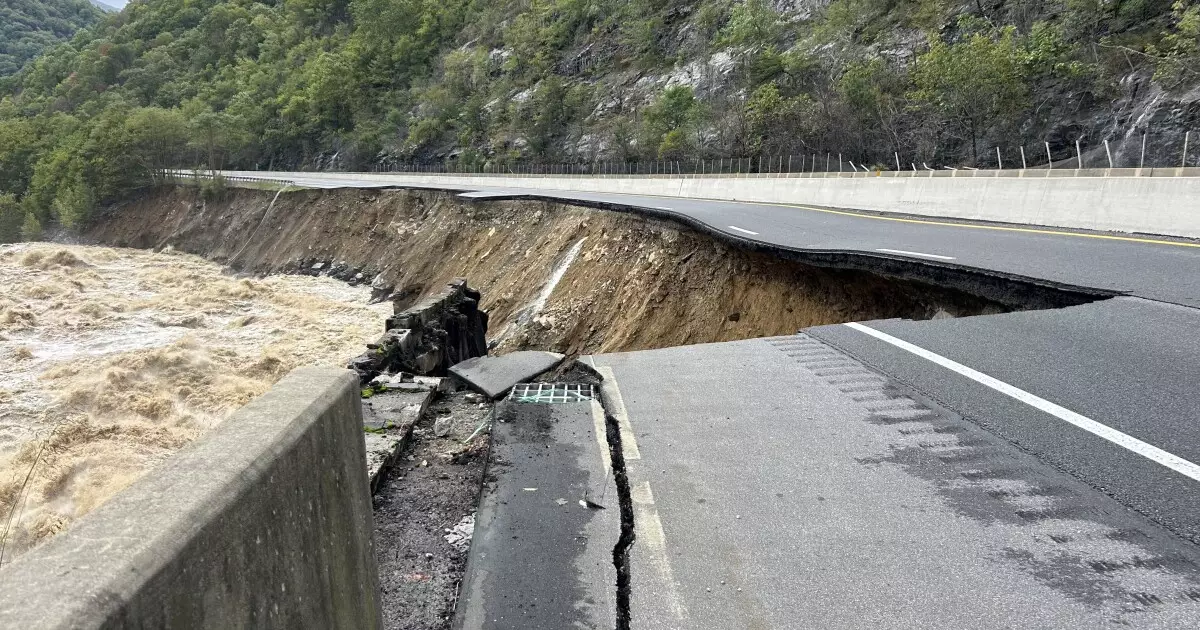The Trump administration’s recent announcements regarding significant staffing cuts to federal disaster relief programs have raised alarm among analysts, experts, and state officials alike. The potential dismantling of key agencies responsible for managing disaster recovery resources could have dire consequences for affected communities, particularly in light of the increasing frequency and intensity of natural disasters.
Reports indicate that President Trump intends to reduce the workforce of the Office of Community Planning and Development, a division of the Department of Housing and Urban Development (HUD), by an alarming 84%. This office oversees the Community Development Block Grant (CDBG) — Disaster Recovery program, one of the principal sources of federal funding for communities recovering from natural disasters. Critics have pointed out that combining this planned reduction with Trump’s suggestion to potentially dissolve the Federal Emergency Management Agency (FEMA) threatens to leave states and localities ill-prepared for future disasters.
The implications of these cuts are substantial. Analysts argue that they undermine the nation’s disaster recovery framework, leading to a scenario where affected regions may not receive vital assistance in a timely manner. David Victor, a public policy expert, has expressed concerns that these reductions could set the stage for a political disaster similar to that which George W. Bush’s administration faced after Hurricane Katrina, particularly if disasters strike while these policies are in effect.
Slow Disbursement and Operational Errors
The current performance of federal disaster aid has already been criticized for its sluggishness. For instance, nearly two-thirds of the aid committed to Puerto Rico in the aftermath of two catastrophic hurricanes in 2017 remains undistributed as of the beginning of fiscal 2025. Only about 33.7% of the expected $49 billion recovery funding for the islands comes from CDBG grants, illustrating the systemic inefficiencies that plague federal aid programs. Experts caution that the proposed staffing cuts will exacerbate these issues, resulting in slower disbursal of aid and an increased likelihood of administrative errors.
The federal disaster recovery landscape is already challenged by bureaucracy and red tape. With the imminent cuts, Matt Fabian of Municipal Market Analytics indicates that the persistence of these inefficiencies will likely continue, further hindering recovery efforts in devastated areas. It remains uncertain how such profound changes in federal disaster policy will ultimately impact the financial credit ratings of affected municipalities, as these ratings are often underpinned by the assurance of federal aid.
State Governments: The Proposed Alternative
President Trump has further stirred controversy by suggesting that state governments might be more effective at managing disaster responses than FEMA. This raises critical questions about the readiness and capability of states to handle recovery and rebuilding efforts independently. For example, North Carolina’s Governor Josh Stein has voiced a pressing need for an additional $19 billion in federal funding to support hurricane recovery efforts following Hurricane Helene, highlighting the significant challenges state governments are already facing in disaster management.
Governor Stein’s remarks underscore the devastating losses sustained by the state, which are estimated at nearly $60 billion. If federal agencies downsize or cease to function as intended, states may struggle to fill the gap, particularly in the absence of the necessary federal resources.
The potential repercussions of cutting back disaster relief staff extend beyond immediate financial implications; they delve into the broader implications of government preparedness in the wake of climate change. As natural disasters are expected to become even more severe due to climate factors, the adequacy of disaster response systems becomes paramount. Dropping FEMA’s operational scope could set a precarious precedent that complicates disaster management nationally.
The proposed staffing cuts to federal disaster relief programs raise significant concerns about the future of disaster recovery in the U.S. Analysts emphasize the importance of coherent and effective disaster strategies to ensure that communities struck by natural calamities receive timely support. The current trajectory threatens to exacerbate the struggles faced by states and local governments in the face of accelerating environmental challenges.

